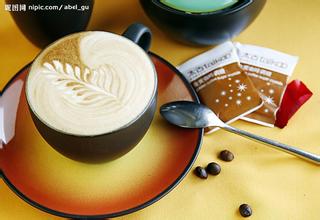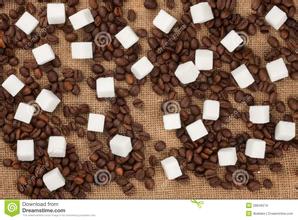Espresso coffee water powder proportion tasting flavor description taste estate origin introduction
Italian espresso gouache proportion tasting flavor description taste manor origin introduction
If you walk into the Vivace Espresso coffee shop in Seattle, USA, you usually get a cup of Italian super-espresso with a gouache ratio of between 1:1 and 1. 5. The coffee shop's founder, David Schomer, was a pioneer in the Italian espresso industry at the time, bringing the coffee to the northwestern United States for the first time. Italian espresso is extremely strong and thick, but lacks purity and dryness. Extremely low gouache ratio, coupled with deep-roasted, low-altitude grown coffee beans, the resulting coffee chocolate and caramel flavor is very strong. When Xiao Mo first introduced this kind of coffee to the United States, Americans still drank coffee with milk. This very strong espresso brings a new coffee experience to the local people.
As light-roasted, high-altitude coffee has become more popular in the past few years, the proportion of water popular on the market has also changed. Today, coffee shops in the United States, Europe and Australia are accustomed to using the gouache ratio of "Normale" espresso (1purl 1.5 or 1:2). As more coffee shops use individual coffee to make espresso, there is also a higher demand for gouache ratio. Increasing the gouache ratio can improve the purity and dryness of coffee and make lightly roasted coffee beans grown at high altitude easier to extract.
Of course, when it comes to espresso, we have to mention the hometown of the espresso machine. If you have ever visited Italy, you must have been to an Italian espresso. To your surprise, the gouache ratio used by the locals is usually around 1:3. This traditional recipe has been around for a hundred years. Therefore, while most countries in the United States and Europe use 16-19 grams of coffee powder to make 24-38 grams of coffee, Italians prefer to use 7 grams of coffee powder to make 21 grams of espresso.
The coffee industry has undergone earth-shaking changes in the past few years, so people's understanding of Italian espresso is constantly changing. Some baristas and industry insiders are constantly exploring ways to make "Lungo" espresso and increasing the gouache ratio to 1:4 or higher. With the continuous increase in the proportion of gouache, the purity of coffee continues to improve, the taste and consistency of coffee continue to decrease, and the unique taste of coffee can be better reflected. This gouache ratio is similar to the traditional drip filter coffee and is becoming more and more popular in boutique coffee shops.
Matt Perger, from the St.Ali Cafe in Australia, has been pursuing and studying high gouache ratios for the past few years, and at one point tried to make espresso with gouache ratios at 1:17. This method of making is very rare, but it can well reflect the popular trend in the coffee industry today. We are constantly innovating the definition of espresso and our understanding of the use of espresso machines, and our ultimate goal is to make more delicious espresso.
Each cup of coffee is unique, and the gouache ratio you use will change according to the variety of coffee. But as long as you know how to find the best gouache ratio, you can certainly make the most delicious espresso according to your preferences.

Important Notice :
前街咖啡 FrontStreet Coffee has moved to new addredd:
FrontStreet Coffee Address: 315,Donghua East Road,GuangZhou
Tel:020 38364473
- Prev

Professional knowledge of espresso, latte, cappuccino and mocha
Espresso Coffee: since the Latte coffee we use to make flowers is made from Espresso, it is also necessary to extract the correct Espresso. After all, this is a drink to be imported rather than a work of art, and we still have to ensure the quality of it. In this way, the failed 10-odd cups will not be wasted in the process of doing practice flower drawing.
- Next

What is the reason for the sinking of espresso cocoa powder sprinkled on milk foam?
Why does espresso cocoa powder sink when sprinkled on milk bubbles? the milk is mixed with steam at the same time of the high temperature. High temperature will cause protein denaturation (excessive foaming); adding water vapor will reduce the protein content. For the above two reasons, mistresses are not easy to be used to dismiss. The above is a serious statement. Actually, there is no such thing! The second dispatch can be used as long as it is under control.
Related
- Beginners will see the "Coffee pull flower" guide!
- What is the difference between ice blog purified milk and ordinary milk coffee?
- Why is the Philippines the largest producer of crops in Liberia?
- For coffee extraction, should the fine powder be retained?
- How does extracted espresso fill pressed powder? How much strength does it take to press the powder?
- How to make jasmine cold extract coffee? Is the jasmine + latte good?
- Will this little toy really make the coffee taste better? How does Lily Drip affect coffee extraction?
- Will the action of slapping the filter cup also affect coffee extraction?
- What's the difference between powder-to-water ratio and powder-to-liquid ratio?
- What is the Ethiopian local species? What does it have to do with Heirloom native species?

